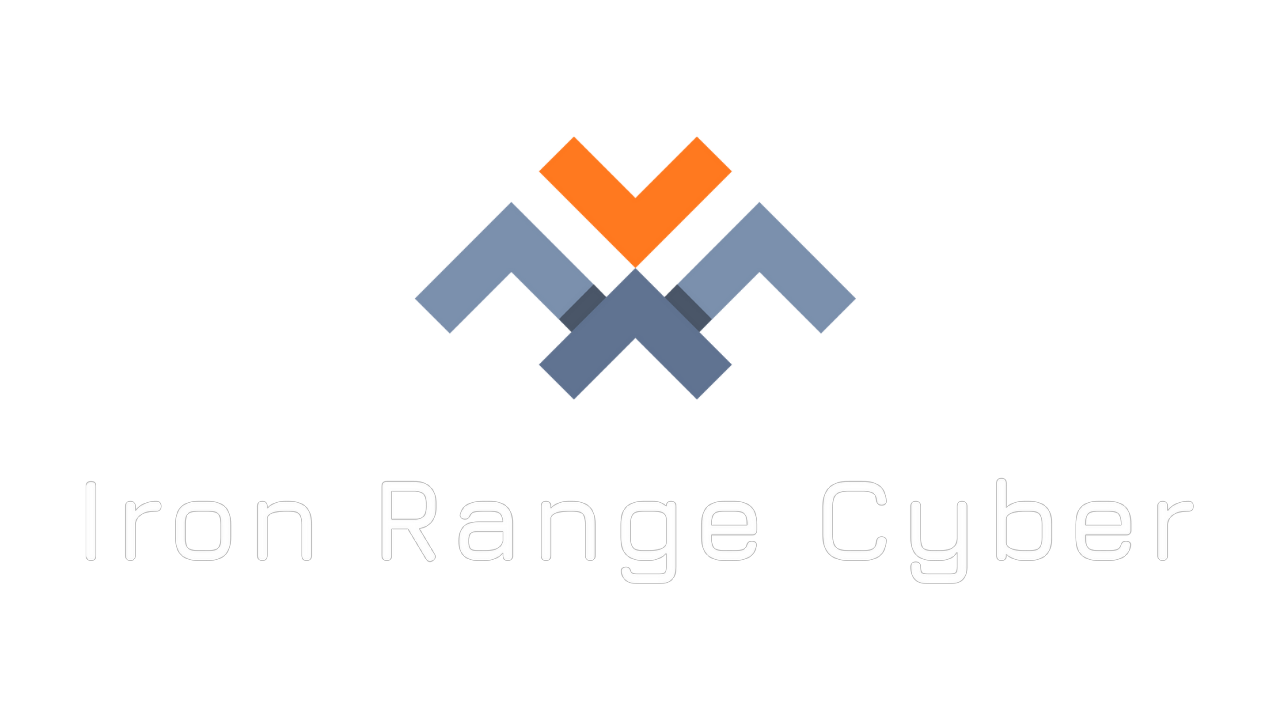Cyber threats and vulnerabilities are also evolving with constantly growing internet and cloud technologies. Zero-days can be regarded as one of the most problematic cybersecurity threats that businesses face. Pertaining to previously unknown and inherent ‘undiscovered’ security vulnerabilities across systems and devices, zero-days can potentially cause massive damage if they are not discovered and remediated. This article will give you a quick understanding of zero-day vulnerabilities/threats and how businesses can prevent zero-day attacks while minimizing their impact.
What Are Zero-Day Vulnerabilities and Attacks?
Zero-days are inherent and unknown weaknesses, flaws, or security vulnerabilities in computer systems, software, or any technology for that matter, which could be detected and exploited by a threat actor. Zero-day vulnerabilities remain exposed without anyone identifying and reporting them, and zero-day exploits by bad actors appear to occur out of the blue. Zero-days can reside in software, hardware, networks, or other systems.
Many threat actors and cybercriminals strive to find zero-day vulnerabilities from various websites, databases, and darknet sources and try to infiltrate the corresponding systems those zero-days pertain to. During a zero-day attack/exploit, the victim won’t have any defense mechanism in place. As such, it all comes down to who identifies the zero-day first— the white hats for improving an enterprise’s security stance or the black hats to wreak havoc across organizations.
Some well-known zero-day exploits that cybersecurity historians will forever remember are Stuxnet, Aurora, and RSA Hack.
How Do Attackers Exploit Zero-Day Threats?
Cybersecurity researchers Bilge and Dumitrashave came up with a “zero-day exploit timeline” where they identify seven different points in time during the occurrence of a zero-day attack, where attackers exploit zero-day vulnerabilities. They are:
i. The attacker identifies a vulnerable “zero-day” code or component within a system.
ii. Releasing to the wild—usually the darknet— the whereabouts of the vulnerability and the techniques to exploit the same.
iii. Other attackers beginning to exploit the zero-day vulnerability and exploring ways to attack. At this point, the vendor or owner of the system with the zero-day (i.e., the target user/organization) detects the attacks but is helpless due to the unavailability of a patch.
iv. The zero-day gets disclosed publicly when security researchers or professionals announce the security vulnerability. It makes users, employees, and the public—the cybersecurity community at large, including the attackers— aware of the threat.
v. The cybersecurity research team releasing the fix in terms of, say, an anti-virus signature or threat prevention technique. They do so for similar patterns of attacks as well, if any exist.
vi. The victim organization releases a patch which could take around a few hours to months, depending on the complexity of the vulnerability.
vii. The patch gets deployed as a system or software update.
How To Prevent Zero-Day Attacks?
Given their potency in causing harm, it’s a no-brainer that organizations should have stringent measures to prevent zero-day attacks. The ”zero-day exploit timeline’ suggests that mitigating zero-day exploits or patching zero-days usually entails a multistage process. Therefore, organizations must have a separate cybersecurity team/service/solution dedicated to detecting and patching zero-days through threat intelligence. Here are some prevention techniques that organizations should leverage to thwart zero-day attacks:
Leverage Threat Intelligence Platforms
Most modern and sophisticated cyberattacks use exploit codes and automated scripts. A zero-day attack on an operating system, web browser, or any widely used tool/system allows attackers to target many organizations. Taking the benefit of the narrow window between vulnerability identification and patch release, attackers steal sensitive corporate information, employees/user credentials. Threat intelligence is therefore indispensable, especially in protecting against large-scale automated zero-day attacks. Organizations can leverage automated threat intelligence tools like Kaspersky Threat Intelligence, IntSights External Threat Protection (ETP) Suite, The Recorded Future Security Intelligence Platform, ThreatFusion, to name a few. On the other hand, taking a manual approach towards threat intelligence could make zero-day patching difficult and slow and may not be the right way to go.
Deploy Threat Prevention Engine
The threat prevention engine comes into play after threat intelligence imparts the crucial information needed to detect zero-day attacks. Threat prevention engines are solutions that can translate threat intelligence and analysis into actions to prevent the attack from happening. Datadog Security Monitoring, Splunk, and Check Point’s ThreatCloud are some prevention engines that help protect organizations from zero-day threats.
Deploy Web Application Firewall (WAF)
They are web-based security systems that protect web applications by monitoring and filtering HTTP traffic to and fro in web apps over the internet. Deploying a web application firewall will inevitably enable organizations to respond to zero-day exploits and prevent their damaging impact promptly. WAFs constantly scan incoming (inbound) and outgoing (outbound) data packets for threats. Then, they provide organizations with the insight required to overcome suspicious actions and prevent attacks from happening.
Use Advanced Email and Anti-malware Security Solutions
Traditional anti-virus software, anti-malware solutions, and email security solutions become effective in defending known threats. But they become ineffective when protecting against unknown signatures and zero-days. When time is of the essence in protecting an organization against zero-day attacks, the need for more proactive solutions becomes all the more crucial. As such, by leveraging solutions powered by artificial intelligence, machine learning, and automation, organizations can be more intuitive in detecting plausible zero-day exploits. They can seamlessly carry out malware DNA analysis techniques, anomalies detection, and identify illicit attack patterns.
Educate Employees and User Groups
Zero-day attacks involve steps that manipulate or trick users into divulging confidential or personal information (social engineering). The attackers can further infiltrate networks and systems to carry out the zero-day exploit. Therefore, it is crucial that organizations educate employees and users to follow good security practices to ultimately keep their systems safe from zero-day exploits and other cyber attacks.
How to Prevent Zero-Day Exploits
According to MIT Technology Review, in 2021, 66 zero-days have been found under the zero-day tracking project, almost double that of 2020. Evidently, organizations should proactively monitor and take appropriate steps in securing their digital assets both on-premise and in the cloud. A dedicated team of threat intelligence analysts equipped with relevant tools always proves to be beneficial in preventing high-risk vulnerabilities such as zero-days.


